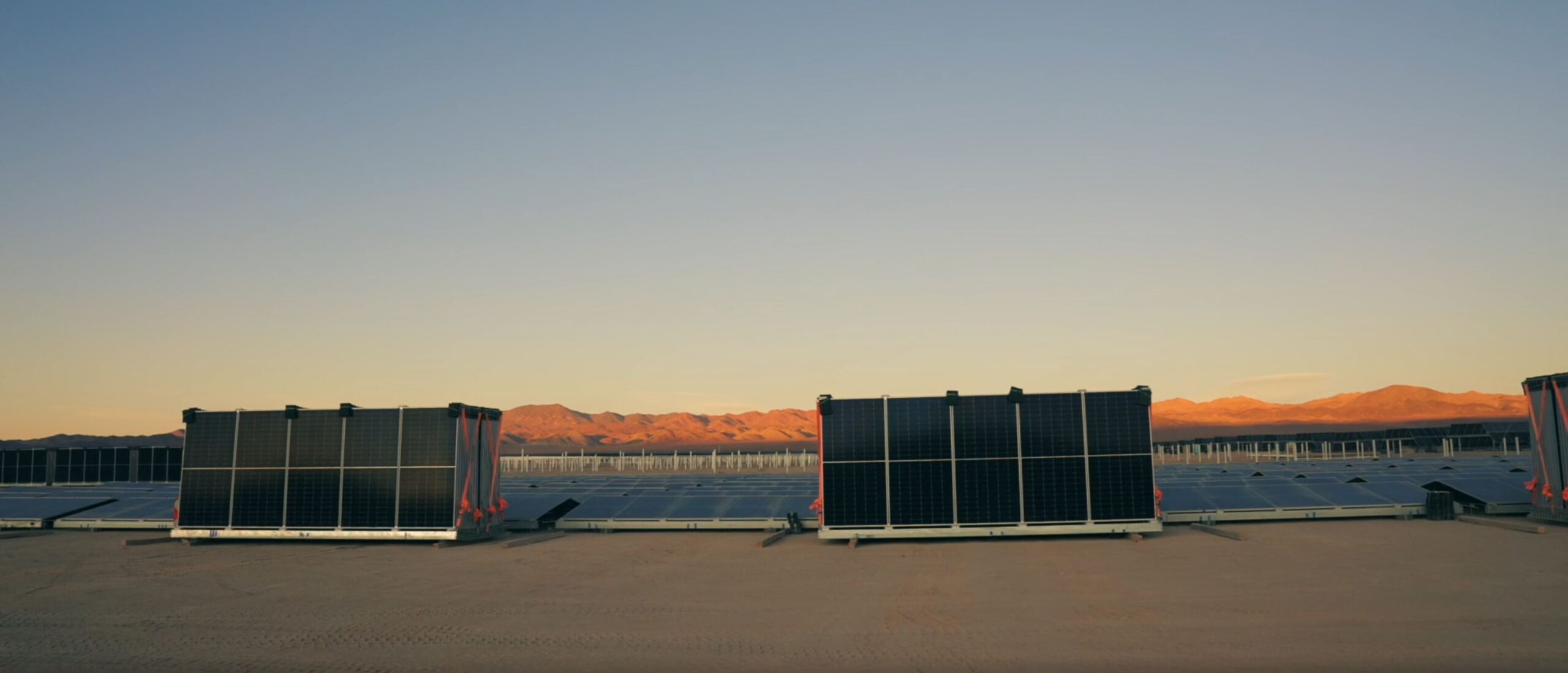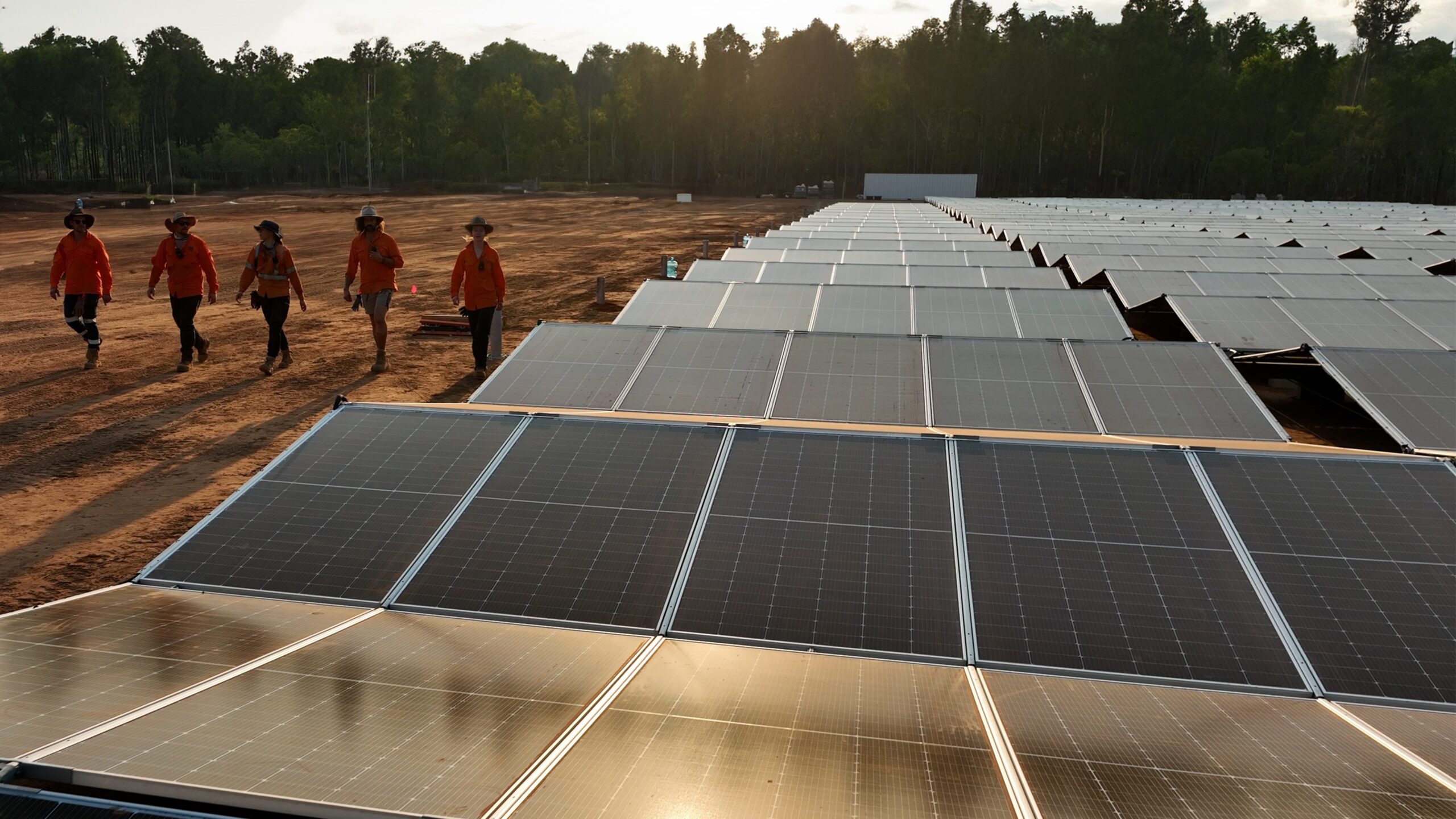Australia’s energy landscape is undergoing a significant transformation. With a growing population and increasing energy demands, the country faces the dual challenge of ensuring energy security while transitioning to more sustainable sources. Traditional energy systems, heavily reliant on fossil fuels, are becoming less viable due to environmental concerns.. The urgency to adopt renewable energy solutions is underscored by alarming statistics on carbon emissions and climate change impacts.
Renewable energy sources, particularly solar power, have gained traction as viable alternatives. Australia, blessed with abundant, high quality sunshine, is well-positioned to harness solar energy. However, the integration of renewable energy into the existing grid presents challenges, such as intermittency and grid stability. These issues necessitate innovative solutions that can provide reliable and consistent energy supply.
In this context, redeployable solar arrays emerge as a promising solution. These systems offer flexibility and adaptability, addressing the limitations of traditional solar installations. By exploring the potential of redeployable solar arrays, Australia can pave the way for a more resilient and sustainable energy future.
Flexible and Adaptable Energy Solutions
Traditional energy systems, while reliable, often lack the flexibility needed to adapt to changing energy demands and environmental conditions. Grid stability is a significant concern, especially with the increasing integration of intermittent renewable energy sources like solar and wind. Energy security, too, is a pressing issue, as reliance on a centralised grid makes the system vulnerable to disruptions.
Flexible and adaptable energy solutions are essential to address these challenges. Redeployable solar arrays, for instance, can be quickly deployed and relocated as needed, providing a dynamic response to energy demands. This adaptability ensures a more stable and secure energy supply, even in remote or disaster-affected areas.
Real-world examples highlight the effectiveness of these solutions. In regions prone to natural disasters, redeployable solar arrays have been used to restore power swiftly, minimising downtime and economic losses. By embracing such innovative technologies, Australia can enhance its energy resilience and security.
Advantages of Redeployable Solar Arrays
Redeployable solar arrays offer several unique advantages over traditional solar installations. One of the most significant benefits is their rapid deployment capability. Unlike conventional solar farms, which require extensive site preparation and construction, redeployable arrays can be set up quickly, reducing installation time and costs.
Scalability is another key advantage. Redeployable solar arrays can be easily expanded or downsized to match energy demands. This flexibility makes them ideal for various applications, from small community projects to large-scale industrial installations. Additionally, their modular design allows for easy maintenance and upgrades, ensuring long-term efficiency and performance.
Comparisons with traditional solar arrays further highlight these benefits. While conventional systems are often fixed and require significant investment in infrastructure, redeployable arrays offer a more cost-effective and adaptable solution. By leveraging these advantages, Australia can accelerate its transition to renewable energy and achieve greater energy independence.
5B’s Redeployable Solar Solutions
5B, an Australian company, has made significant contributions to the field of redeployable solar solutions. Founded by solar engineers Chris McGrath and Eden Tehan, 5B specialises in rapid deployment, high density solar systems for giga-watt scale solar projects like Quinbrook Infrastructure Partners’ Sun Cable and BP’s Australian Renewable Energy Hub (AREH). Their flagship technology, the 5B Maverick, is one of the fastest ways to deploy large scale solar in the world. Its current record deployment speed is 1.25 megawatts in one day with eight people at the Liontown gold mine in Western Australia. As labour and land scarcity come to the fore in renewable developments, the 5B Maverick is increasingly being recognised as a critical enabling technology for globally competitive green hydrogen, green steel, and low-carbon fuels.
The 5B Maverick’s accordion-style design allows for efficient transportation and installation, significantly reducing the time and cost associated with traditional solar projects. The technology has been successfully implemented in more than 140 project sites worldwide, demonstrating its effectiveness and reliability.
5B has a strong presence in the Australian off grid mining market. The ambition of these customers, in terms of renewable energy penetration to serve their loads, has expanded materially in the last 18 months. Technology such as the 5B Maverick 3.0, that delivers a cost effective solution while using half the land, 70% fewer field personnel, and can be deployed in extreme wind environments, is very appealing to mining operations striving to decarbonise.
By reengineering the solar supply chain, 5B is making clean energy more accessible and competitive. Their commitment to innovation and efficiency is driving the global transition towards sustainable power solutions. As Australia continues to explore redeployable solar arrays, 5B’s expertise and technology will play a crucial role in shaping the country’s energy future.

Enhancing Solar Arrays with Battery Storage
Battery storage systems are integral to maximising the effectiveness of redeployable solar arrays. These systems store excess energy generated during peak sunlight hours, ensuring a consistent energy supply even when solar production is low. This capability addresses the intermittency issue associated with solar power, providing a more reliable and stable energy source.
Integrating battery storage with solar arrays offers several benefits. Improved energy supply management is one of the most significant advantages. By storing excess energy, battery systems can release it during periods of high demand, reducing strain on the grid and enhancing overall stability. This integration also allows for better load balancing, ensuring a more efficient use of generated power.
Battery storage systems can be seamlessly integrated with solar arrays, using advanced software to manage energy flow and optimise performance. This synergy between solar and storage technologies is crucial for achieving a sustainable and resilient energy future. As Australia continues to invest in renewable energy, the role of battery storage will become increasingly important.
Innovative Battery Storage Solutions
Relectrify, an Australian company, is at the forefront of innovative battery storage solutions. Their CellSwitch™ technology repurposes second-life electric vehicle (EV) batteries, providing a sustainable and cost-effective energy storage option. This approach not only extends the life of EV batteries but also contributes to a circular economy by reducing waste.
One notable project by Relectrify is their collaboration with Counties Energy in Mercer, Waikato. This project utilises 18 Nissan Leaf batteries to store and deliver 240kWh of energy, benefiting local electricity consumers and EV drivers. The ReVolve® system, a cell-level control product, integrates a battery management system and inverter hardware into a single solution, enhancing efficiency and performance.
Relectrify’s achievements underscore the potential of second-life batteries in the energy storage sector. By leveraging these innovative solutions, Australia can enhance its renewable energy infrastructure and achieve greater sustainability. The success of Relectrify’s projects highlights the importance of continued investment in advanced battery technologies.
Thermal Energy Storage
MGA Thermal, based in the Hunter Valley, has developed a groundbreaking approach to thermal energy storage. Their Miscibility Gaps Alloy (MGA) Blocks absorb and store thermal energy generated from renewable sources, providing a reliable and long-term energy storage solution. This technology is particularly valuable for industries that require consistent and high-temperature energy supply.
The MGA Blocks work by utilising a miscibility gap alloy material, which consists of metal alloy particles dispersed through a matrix material. As the blocks are heated, the metal alloy particles melt, storing energy as heat. This energy is then released as the blocks cool and solidify, providing a consistent and reliable energy source.
MGA Thermal’s technology has significant potential applications across various industries. From retrofitting power plants to providing clean steam for industrial processes, the MGA Blocks offer a versatile and efficient energy storage solution. As Australia continues to explore innovative energy technologies, MGA Thermal’s approach will play a crucial role in achieving a sustainable energy future.
Embracing a Flexible and Sustainable Energy Future
In summary, the adoption of redeployable solar arrays represents a significant step towards a flexible and sustainable energy future for Australia. These systems offer unique advantages, including rapid deployment, scalability, and adaptability, making them ideal for addressing the challenges of traditional energy systems. By integrating battery storage and exploring innovative technologies, Australia can enhance the effectiveness and reliability of its renewable energy infrastructure.
The contributions of companies like 5B, Relectrify, and MGA Thermal highlight the importance of continued innovation and investment in the renewable energy sector. Their achievements demonstrate the potential of advanced technologies in driving the transition to clean energy. As Australia looks to the future, embracing flexible and adaptable energy solutions will be crucial in achieving energy security and sustainability.
Stakeholders, including policymakers, industry leaders, and consumers, must work together to support the development and implementation of redeployable solar arrays. By fostering collaboration and innovation, Australia can lead the way in the global transition to a sustainable energy future. The journey towards a cleaner, more resilient energy system begins with embracing the potential of redeployable solar arrays

